
It’s not uncommon to hear religious people refer to faith as a source of comfort. In fact, there are numerous studies in the fields of cognitive neuroscience and behavioural psychology which have evidenced how individuals are capable of biasing their reasoning enough to accept a religious concept if they believe it will adequately alleviate their negative emotional state.
I, on the other hand, cannot see the utility in false consolation and find the notion of embracing a supernatural belief system simply for its well-being or anxiety management benefits to be regressive and infantilising. Comfort is unreliable if it cannot be justified epistemically.
Instead, when you don’t have to allocate any mental storage space to or worry about a celestial dictator or imaginary friend in the sky repressing and micromanaging your every move—well, it frees up a lot of time to get to grips with the true nature of one’s existence through a scientific lens.
The story of human existence is not just a tale of biological evolution but a series of fortuitous events—from the cosmic lottery that determined the parameters of the universe to the dice rolls of DNA that define our unique identities. In simple terms, life has been evolving on Earth for close to four billion years. During the first two billion years, there were single-celled entities called prokaryotes. Thanks to a chance collision of a bacterium and an archaean, the eukaryotic cell was born.
Eukaryotes were the key ingredient in making possible multicellular life forms of all varieties. In fact, every living thing big enough to be visible to the naked eye is a direct descendant of the original eukaryotic cell.
It is truly fascinating how evolution is typically an interwoven fabric of coevolutionary loops and twists: our origin story is essentially processes composed of processes.
What’s more, the odds of you being born were so staggeringly low—every single one of your ancestors had to survive countless challenges, reach reproductive age, and find the particular mate to give rise to the next generation of your particular ancestors, while every tiny detail had to align perfectly out of 70 trillion possible combinations of complex genetic variations.
The chances of the exact sperm cell and egg cell meeting to create you with the DNA sequence that encoded you and brought you into existence? Around one in 250 million. Mutations and meiosis crossovers in the DNA of each of your ancestors also had to occur. That needed to happen each time in an unbroken string for millions of generations of your ancestors, going back to well before they were human beings or even hominids of any type.
As Dr A.E. Wilder-Smith notes: ‘When one considers that the entire chemical information needed to construct a human can be compressed into two miniscule reproductive cells (sperm and egg nuclei), one can only be astounded.’ That Wilder-Smith was a young earth creationist does not detract from the genuine wonder of our existence that he so concisely captures.
Other unlikely events necessary for our existence: multicellular life forms had to come into being on Earth, the formation of the stars and galaxies in the Milky Way had to create the environment in which Earth formed, Earth needed to form as a habitable planet with the right ingredients for life, the laws of physics needed to be such that they created the serendipitous density conditions to permit life, and the universe itself had to have come to exist 13.8 billion years ago in a hot, dense Big Bang that made all this possible.
How could one not be grateful? How could one not live in an eternal state of astonishment and bewilderment at one’s very own existence and consciousness?
In addition, the Buddhist concept of ‘interbeing’ demonstrates how we must see ourselves not as isolated, static individuals, but as permeable and interwoven selves within larger selves, including the species self (humanity) and the biospheric self (all life).
For instance, you are not one life form. Your mouth alone contains more than seven hundred distinct kinds of bacteria. Your skin and eyelashes are equally laden with microbes, and your gut houses a similar bevvy of bacterial sidekicks. All in all, the human body possesses trillions of bacterial cells in addition to trillions of human cells: your body is home to many more life forms than the number of people presently living on Earth; more even than the number of stars in the Milky Way galaxy.
Energised by sunlight, life converts inanimate rock into nutrients, which then pass through plants, herbivores, and carnivores before being decomposed and retired to the inanimate earth, beginning the cycle anew. Our internal metabolisms are intimately interwoven with this earthly metabolism; one result is that many of the atoms in our bodies are replaced several times during our lives.
Owing to all this, each of us is a walking colony of trillions of largely symbiotic life forms—we are akin to a brief, ever-shifting concentration of energy in a vast ancient river that has been flowing for billions of years.
There is truly so much solace to be found in knowing and understanding the evolutionary processes behind our existence, as well as the interbeing theory, which proves that we are not outside or above nature—but fully enmeshed within it.
I carry these scientific ideas with me through every moment of every day because they foster an overwhelming sense of gratitude within me. The improbability of any one of us being here is so astronomical that it staggers imagination. Above all else, it invites us to explore the laws of nature and the essence of what it means to be alive. From simple organic molecules to the first replicating cells, the sheer wonder of our existence ought to create a rich appreciation and sense of gratitude for the tapestry of life.



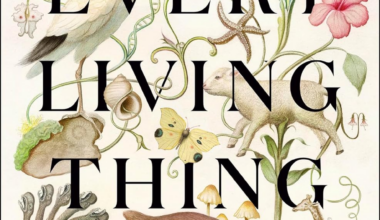
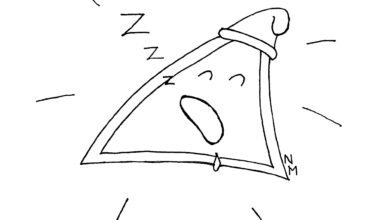
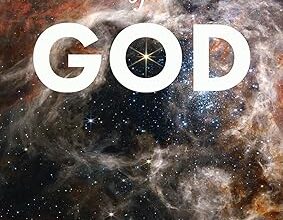
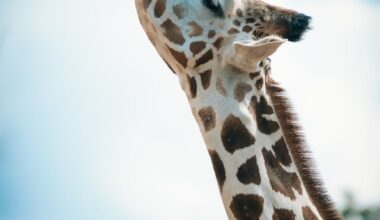
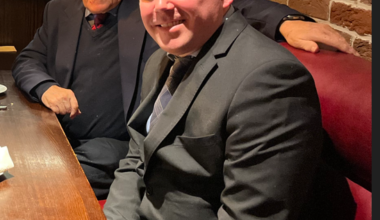
Your email address will not be published. Comments are subject to our Community Guidelines. Required fields are marked *
Donate